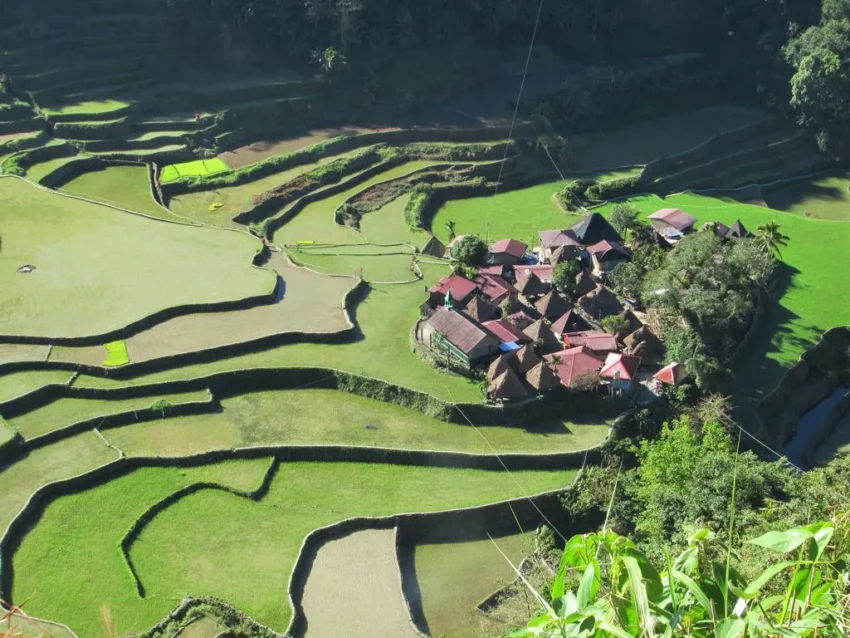The Banaue Rice Terraces: An Engineering Marvel
The Banaue Rice Terraces, known locally as Hagdan-hagdang Palayan ng Banawe, are a testament to the ingenuity of the ancestors of the Igorot people. These terraces, carved into the mountains of Banaue, Ifugao, in the Philippines, are often referred to as the “Eighth Wonder of the World.”
Get your dose of History via Email

Construction and Maintenance
The terraces were built with minimal equipment, largely by hand. They are located approximately 1,500 meters (4,900 feet) above sea level. An ancient irrigation system from the rainforests above feeds the terraces. If the steps were put end to end, they would encircle half of the globe.
Locals still plant rice and vegetables on the terraces. However, younger Ifugaos often prefer the more lucrative hospitality industry. This shift has led to the gradual erosion of the characteristic “steps,” which require constant reconstruction and care. In 2010, a drought caused the terraces to dry up completely in March.
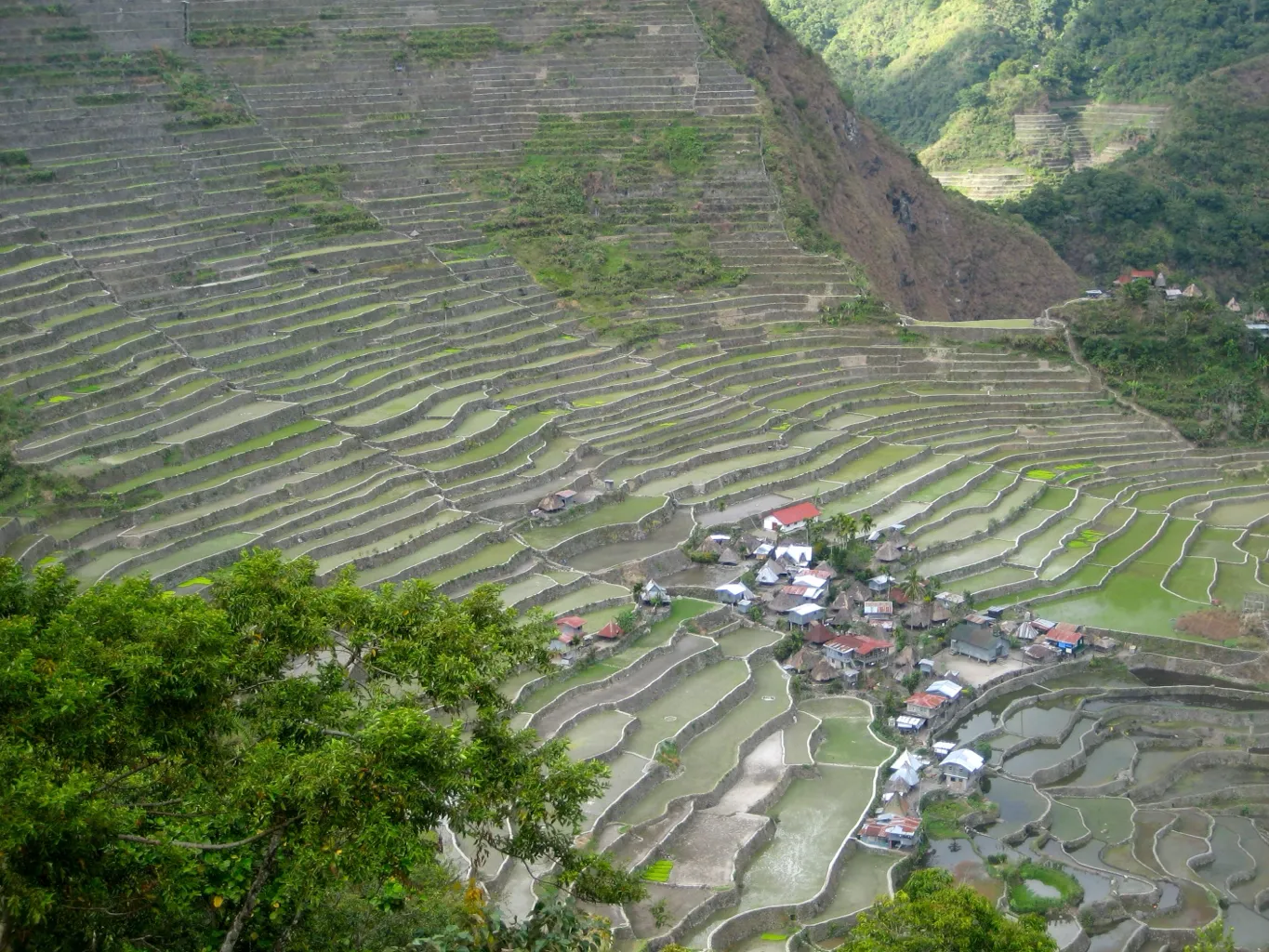
Age and Historical Significance
Anthropologist Otley Beyer estimated that the terraces are over 2000 years old. However, several researchers dispute this, suggesting they were built much later. Rice is an ancient ancestral crop of the Philippines, carried by Austronesian migrations into the islands since at least 1500 BCE.
Threats to the Terraces
Current threats to the terraces include giant earthworms of the genus Pheretima or Polypheretima elongata, rodents of the genus Chrotomis mindorensis, and snails. These pests cause significant damage to the terraces.
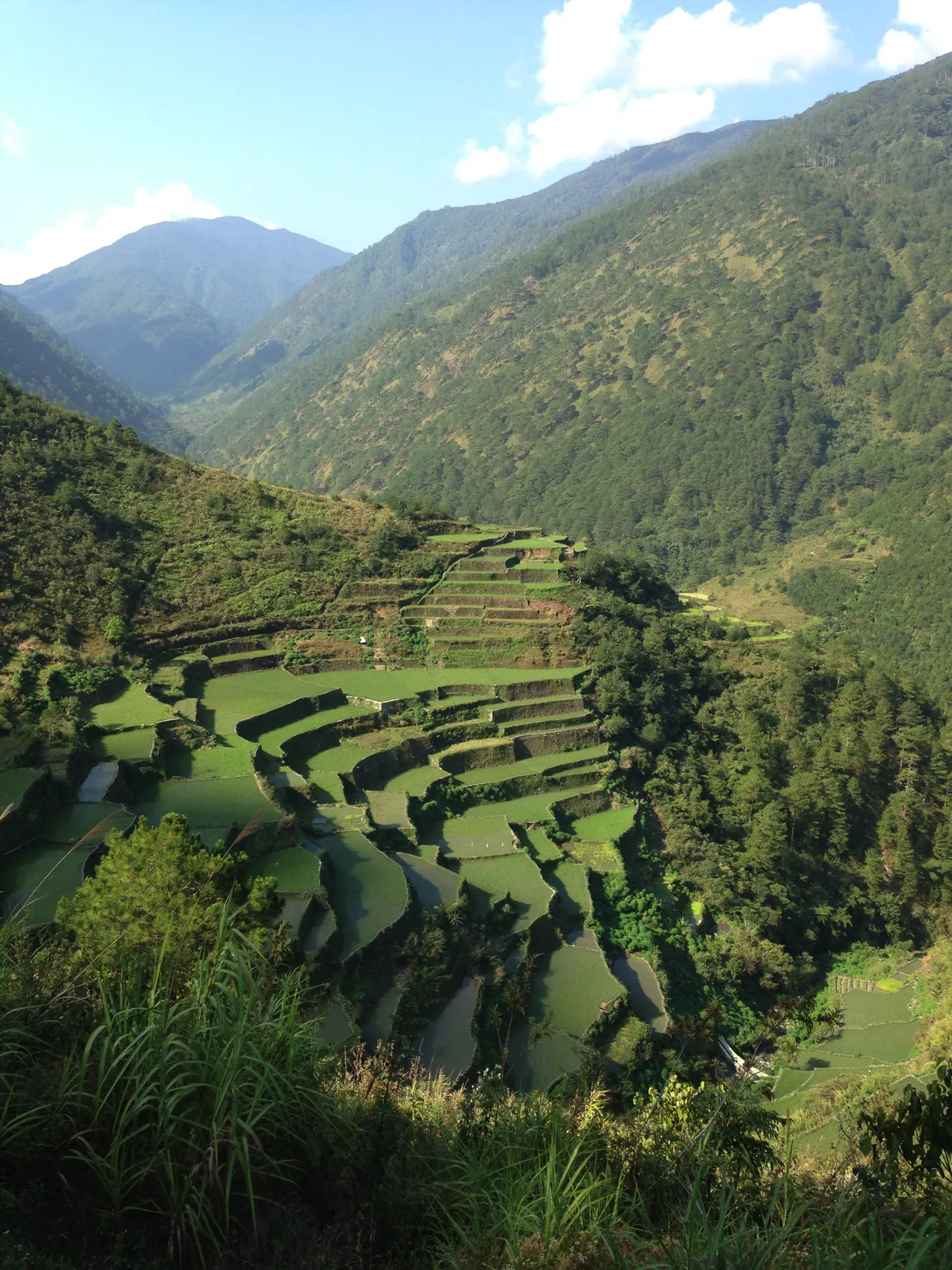
Cultural Significance
The Ifugao people have been the caretakers of the terraces. Ifugao culture revolves around rice, particularly the Black Rice kalinayan. The culture includes an array of celebrations linked with agricultural rites from rice cultivation to rice consumption. The harvest season calls for thanksgiving feasts, while the concluding harvest involves rites called tango or tungul, which entail a strict taboo on any agricultural work. Bayah (rice wine), rice cakes, and betel nut are also consumed during these festivities.
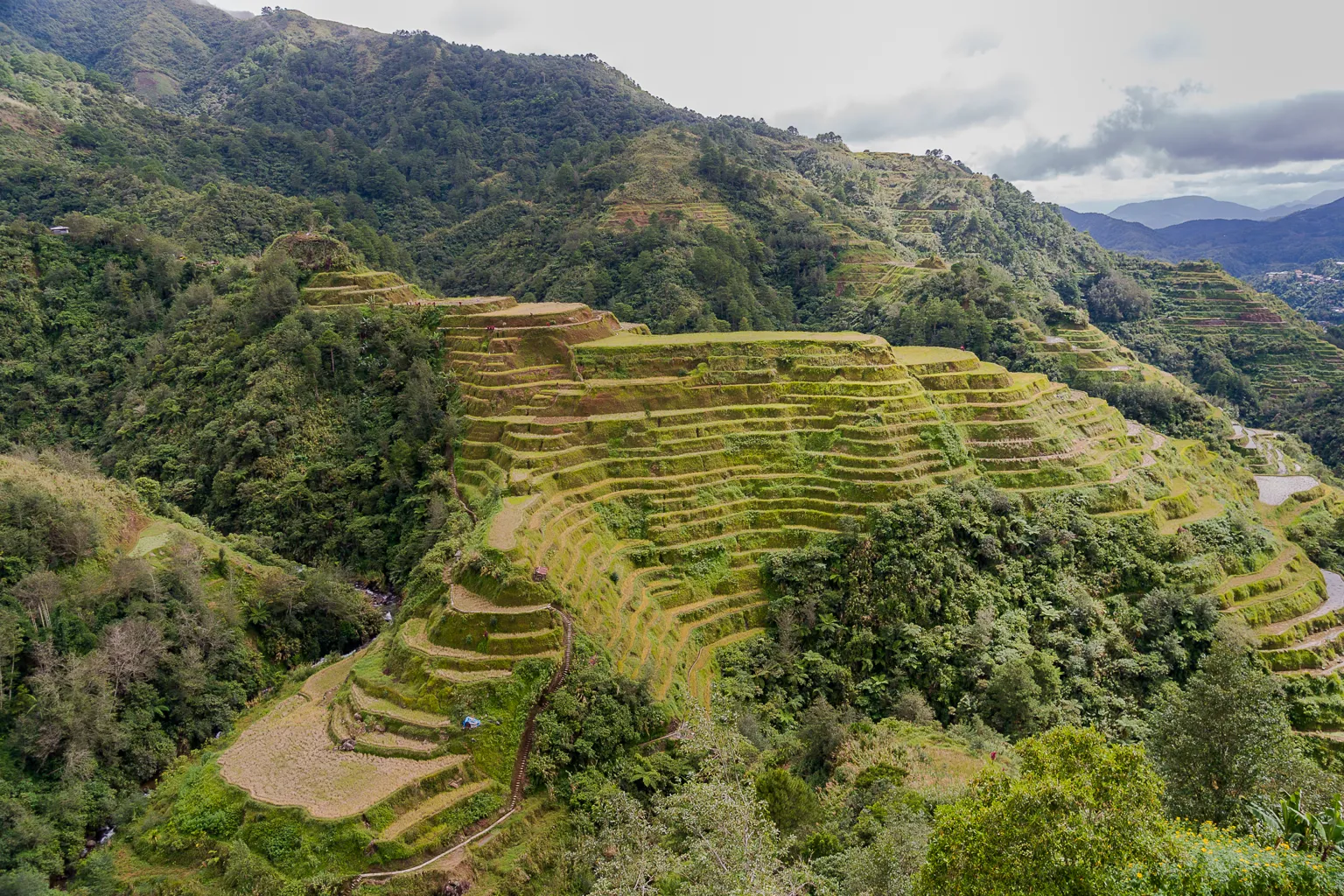
The Ifugao people practice traditional farming, spending most of their labor on their terraces and forest lands. They also tend to root crop cultivation, edible shells, fruit trees, and other vegetables. The difficulty of planting kalinayan and other rice varieties with the soil type in these areas led to the construction of the rice terraces. These terraces involve retaining walls with stones and rammed earth, designed to draw water from a main irrigation canal above the terrace clusters.

Organic Farming
In March 2009, the Ifugao rice terraces were declared free from genetically modified organisms (GMO). This achievement was celebrated in Dianara Viewpoint in collaboration with local and municipal government, Greenpeace, and the Miss Earth Foundation.
Official Heritage Designation
Contrary to popular belief, the Banaue Rice Terraces are not a UNESCO World Heritage Site. They were not included in the UNESCO inscription Rice Terraces of the Philippine Cordilleras due to the presence of numerous modern structures. However, the Banaue Rice Terraces were declared a National Cultural Treasure by the Philippine government through Presidential Decree No. 260 signed by President Ferdinand Marcos in 1973.
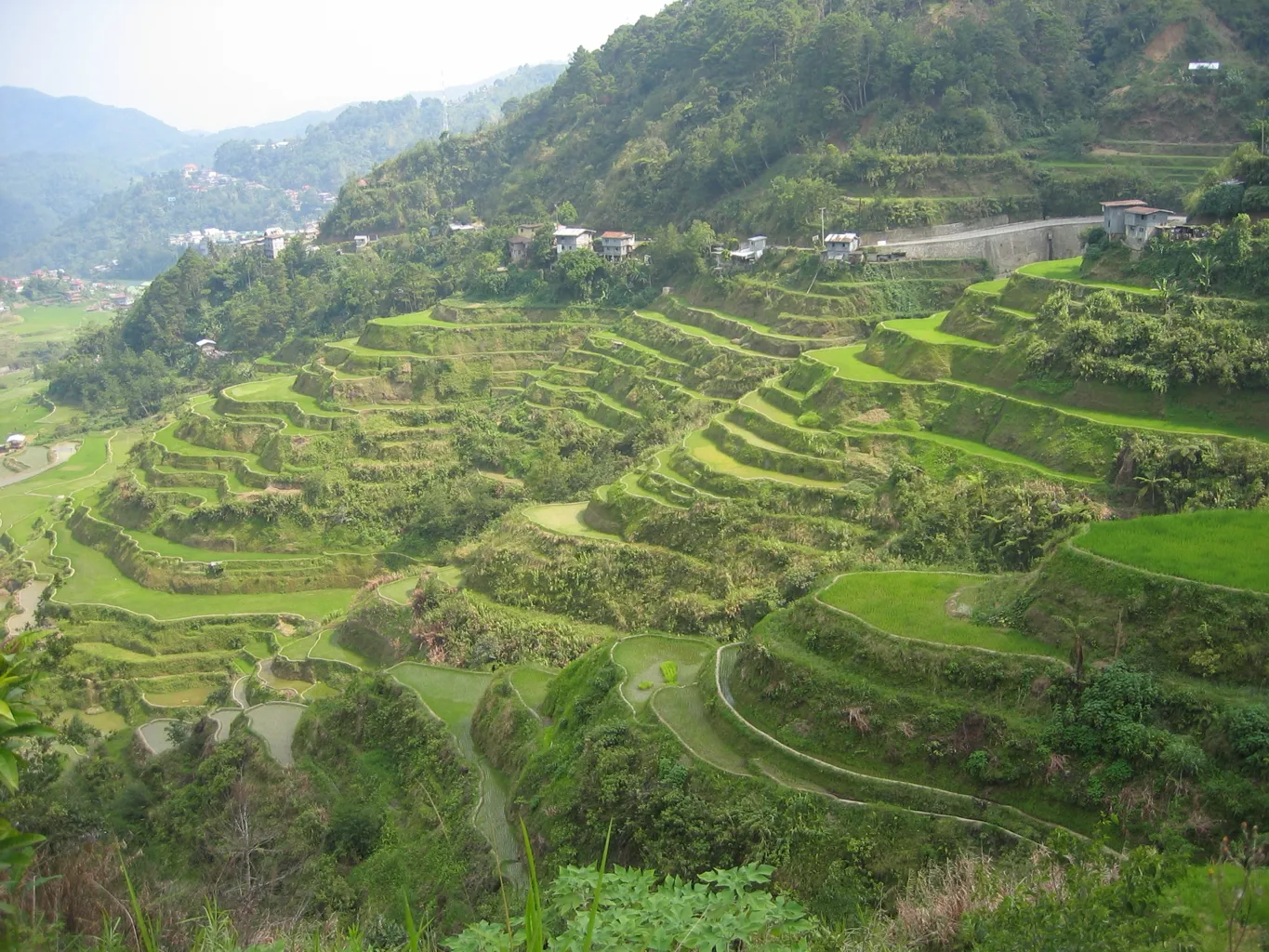
Tourism
Tourism is a thriving economy in the Banaue Rice Terraces. Activities for visitors include traditional sightseeing of the terraces and visits to the tribes at the foot of the terraces. A Mumbaki (traditional Ifugao witch doctor) can perform spiritual healing rituals for visitors. The park is featured on the reverse side of the New Design series one thousand peso note and the New Generation Currency twenty peso note.
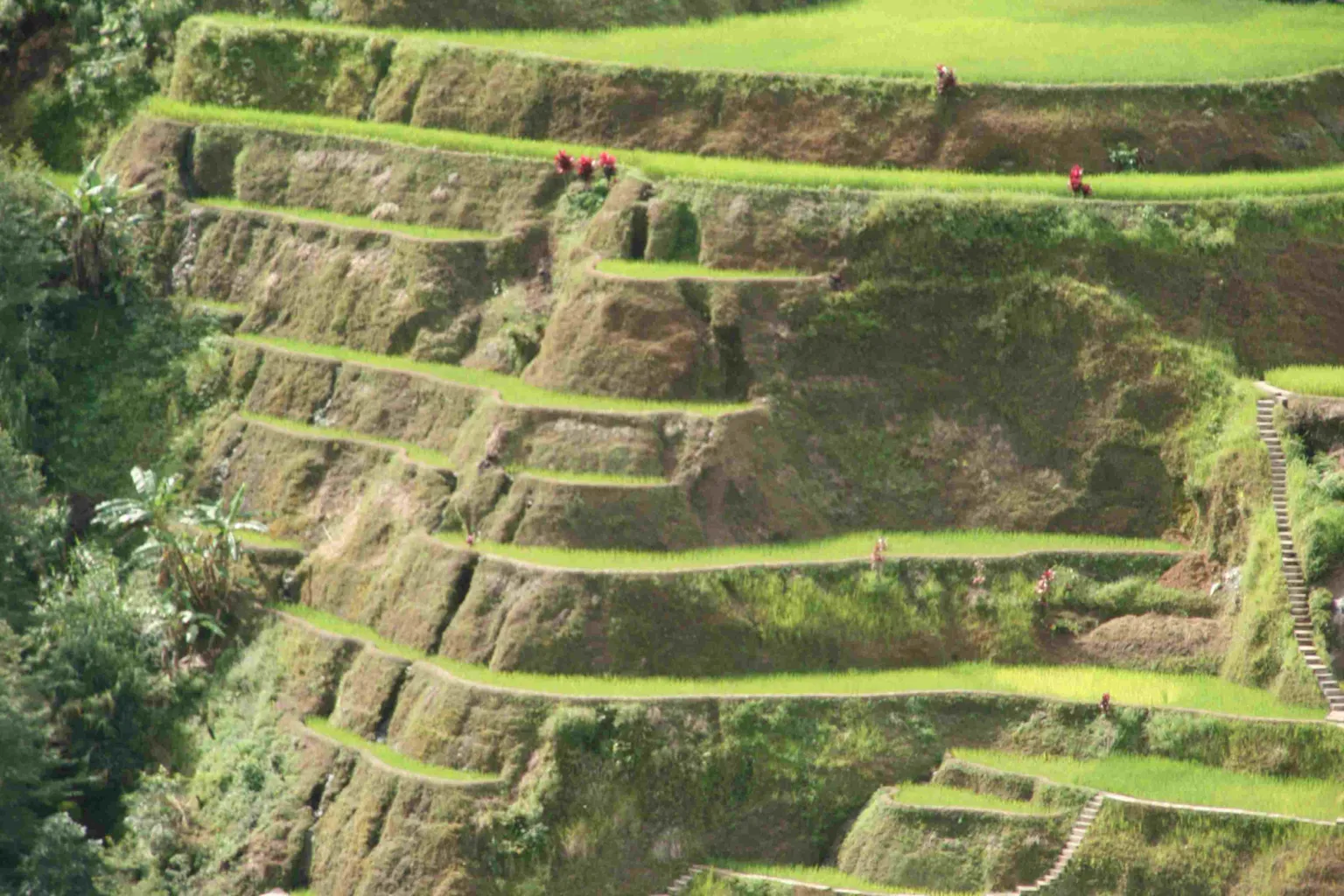
Other Notable Rice Terraces in Ifugao
Aside from the Banaue Rice Terraces, there are four other similar terraces: the Batad Rice Terraces, Mayoyao Rice Terraces, Hapao Rice Terraces, and Kiangan Rice Terraces. The Batad Rice Terraces resemble an amphitheater. The Mayoyao Rice Terraces grow a rare type of organic rice called “tinawon.” The Hapao Rice Terraces are stone-walled and date back to 650 AD. The Kiangan Rice Terraces grow the rice varieties of nagacadan and julungan.
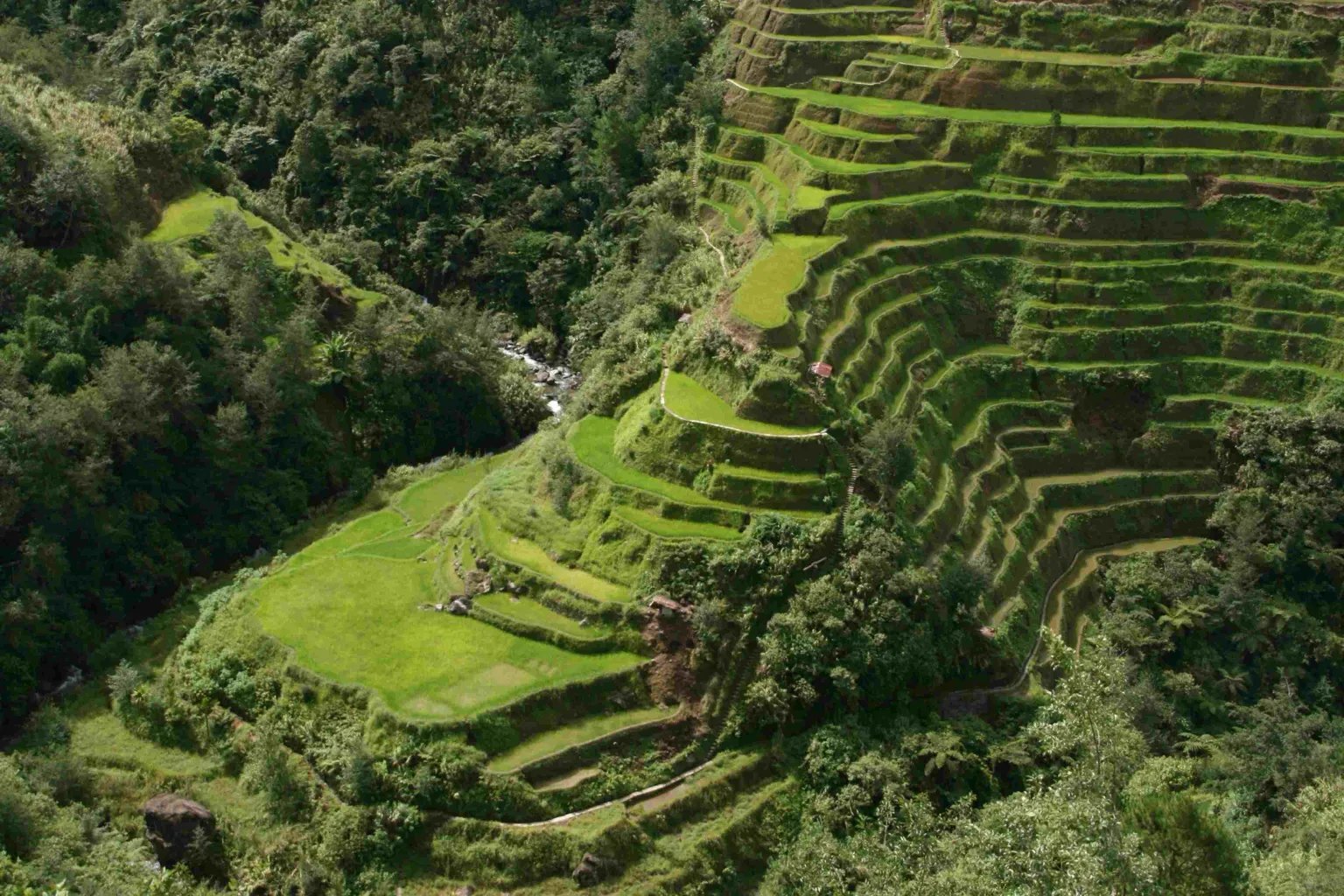
The Banaue Rice Terraces remain a symbol of the rich cultural heritage and agricultural ingenuity of the Ifugao people.
Sources:

